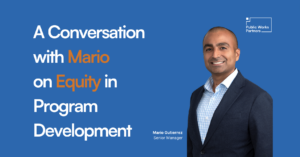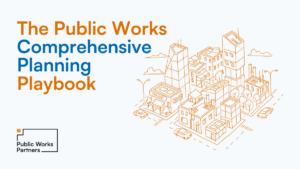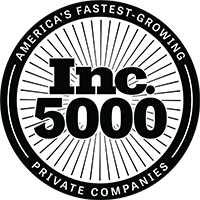Sustainability is one of New York City’s central goals for the next 30 years. In the OneNYC 2050 plan, the city set carbon neutrality by 2050 as a goal, seeking 100% clean electricity, elimination of single-use plastics, a carbon neutral fleet of city vehicles by 2040, mandatory organics collection, and other projects to mitigate the impacts of climate change. Within all these solutions, the city has placed emphasis on equity and racial and economic justice.
As the city seeks new strategies to eliminate its carbon footprint, it can be useful to turn outward towards international communities utilizing innovative strategies to help their citizens eliminate waste and minimize their climate impact. Supporting and helping to build sustainable economies is not always a private sector challenge, but something governments can significantly impact.
Copenhagen, long an innovator in sustainable solutions, has implemented a series of neighborhood recycling centers that offer their residents a centralized, accessible place to dispose of both unusable recyclables like bottles, cans, etc. (and receive a few kronor for returning them) and still-usable goods like furniture, clothing, books, electronics, and even food. These centers, called bytterum in Danish, are city-funded buildings that serve as free “stores” for community members. The city has also set up a system that allows residents to host “swaps” where community members can show up with whatever excess goods they have in their residence and swap it with things others may not want or need. This shared-economy concept is one part of what is often called the “circular economy.” The circular economy allows assembled goods or their raw materials to stay in circulation instead of being disposed of, thus avoiding the energy and climate impact needed to produce a new unit.
Copenhagen is not alone in considering these solutions. Prague, in 2019, worked with a nonprofit called Circle Economy to develop an action plan similar to Copenhagen’s called Re-Use points where residents can share discarded furniture and appliances. The city will even pick up these items and bring them to the central location. Besides these plans, they also leveraged the circular economy to reuse food waste and produce sustainable biogas and agricultural materials.
Where most of the United States circular economy happens through thrift stores material recycling, or, in NYC at least, stooping, Copenhagen has implemented a more efficient (and equitable) system that allows people to take goods from these bytterum as needed without paying. As Little Free Libraries and Community Fridges become popular across the United States, community recycling stations may be a solution for New York City to build stronger sustainability outcomes.
In urban planning, circular economies have been used to mitigate the carbon impact of materials production and sourcing, seeking local, sustainably-sourced resources that are easily accessible. Amsterdam recently worked with Space&Matter to create a circular neighborhood with decentralized and sustainable water, waste, and energy systems. Web-based systems allow residents to share data and coordinate usage. Other circular developments like Taisugar Circular Village in Taiwan are focused on net-zero architecture through resource sharing and sustainable materials sourcing.
Other communities have focused on repurposing materials including wood, plastics, and metals from previous developments to ensure a more sustainable building process. Back to Copenhagen, an area called Refshaløen has repurposed an old shipyard into a center for culinary innovation in street food, a climbing gym, and even used old shipping containers to build a set of apartments on the water. Building cycles of re-use into the raw materials used in construction allows for a much more sustainable—and often economical—development process.
Building creative solutions to the challenges of the future is absolutely essential to securing the future of our planet for the next generation. As New York City looks towards the future, it can take guidance from some of the innovations being tested by communities around the globe.





 Public Works Partners is a WBE/DBE-certified urban planning and consulting firm. Our expertise lies in creating innovative, equitable, and sustainable solutions to complex problems.
Public Works Partners is a WBE/DBE-certified urban planning and consulting firm. Our expertise lies in creating innovative, equitable, and sustainable solutions to complex problems.